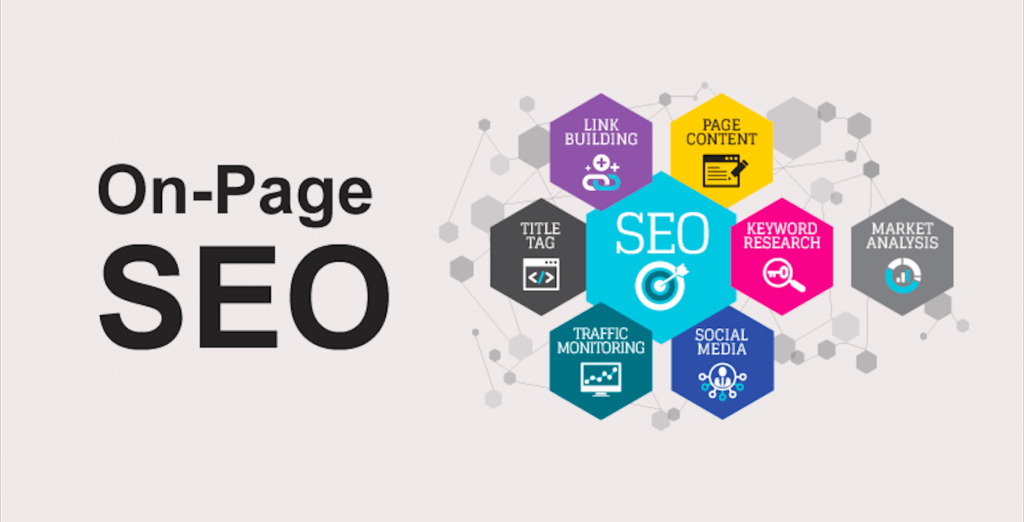For bloggers, getting your content in front of a wider audience and growing your readership is a top priority. Search engine optimization (SEO) is a powerful tool that can help you achieve just that. In this blog post, we’ll explore how bloggers can use SEO techniques to rank higher in search engines, increase organic traffic, and ultimately reach more readers.
1. Keyword Research is Key

Keyword research is the foundation of successful SEO for bloggers. Start by identifying relevant keywords and phrases related to your blog post topic. You can use tools like Google Keyword Planner, Ubersuggest, or even Google Autocomplete to discover high-volume and low-competition keywords. Incorporate these keywords naturally into your blog posts to improve your chances of ranking for them.
2. Create High-Quality, Valuable Content

While keywords are essential, they must be integrated into high-quality, informative, and engaging content. Google’s algorithms prioritize content that provides value to readers. Aim to answer questions, provide solutions, or share insights in your blog posts. The more valuable your content, the more likely it is to rank higher in search results.
3. Optimize On-Page Elements

On-page optimization is about making sure your blog posts are easily understood by search engines. Here are some key elements to optimize:
- Title Tags: Create compelling, keyword-rich titles that accurately reflect the content of your blog post.
- Meta Descriptions: Craft concise and engaging meta descriptions that encourage users to click on your link in the search results.
- Headings (H1, H2, H3): Use headings to structure your content and make it more reader-friendly. Include keywords in headings when it makes sense.
- URL Structure: Keep your URLs short, descriptive, and include relevant keywords.
4. Mobile Optimization
With the increasing use of mobile devices, it’s essential to have a mobile-responsive website. Google ranks mobile-friendly sites higher in mobile search results. Ensure your blog’s design is responsive and offers an excellent user experience on mobile devices.
5. Internal and External Linking
Linking is an important SEO practice. Internally, link to other relevant blog posts on your site to keep readers engaged and improve your site’s structure. Externally, seek opportunities to earn backlinks from authoritative websites within your niche. High-quality backlinks can boost your blog’s credibility and search engine ranking.
6. Publish Fresh and Consistent Content
Search engines love fresh content. Consistency in publishing demonstrates to search engines that your blog is active and relevant. Develop a content calendar and stick to it. Regularly publishing valuable content will keep your readers engaged and attract new ones.
7. User Experience (UX) Matters

A good user experience is crucial for SEO. A well-structured blog, fast load times, and easy navigation all contribute to a positive user experience. Visitors who enjoy your site are more likely to stay longer, reducing bounce rates and improving SEO rankings.
8. Social Sharing and Engagement
Promote your blog posts on social media platforms and encourage readers to share your content. Social signals, such as likes, shares, and comments, can indirectly influence your SEO ranking.
9. Monitor and Adapt
SEO is not a one-time effort; it requires continuous monitoring and adaptation. Use tools like Google Analytics and Search Console to track your blog’s performance. Monitor keyword rankings, click-through rates, and user behavior to identify areas for improvement.
Conclusion
SEO for bloggers is a dynamic and ongoing process. By understanding and implementing these SEO techniques, you can increase your blog’s visibility in search engine results and reach a broader audience. Remember that SEO success doesn’t happen overnight; it takes time and dedication. Keep producing valuable content, stay up-to-date with SEO best practices, and watch your blog’s organic traffic grow as you climb higher in search engine rankings.
